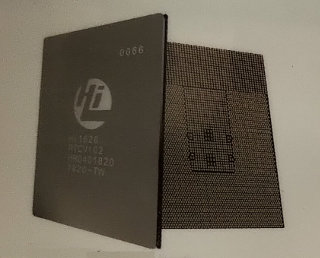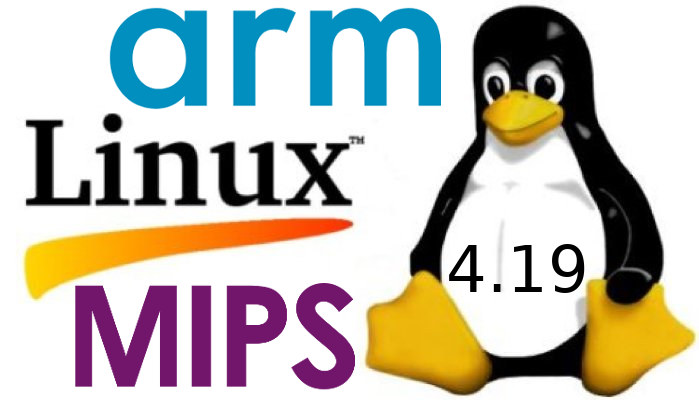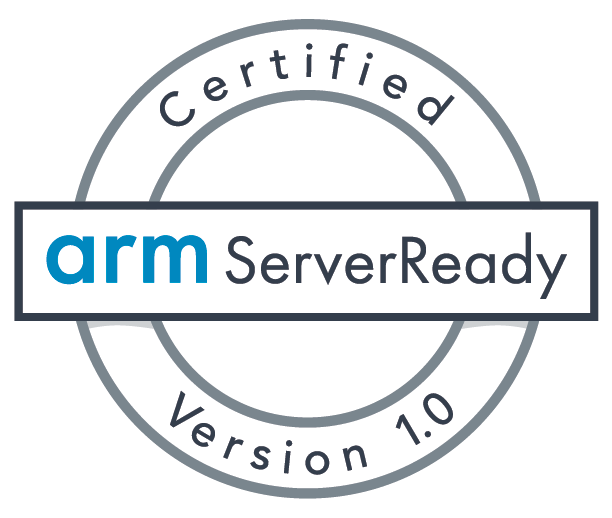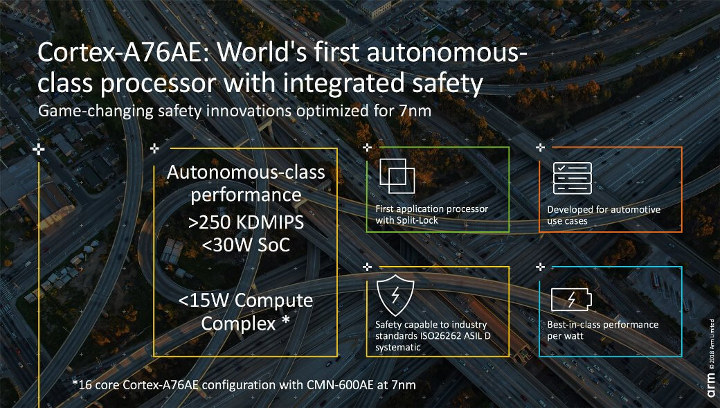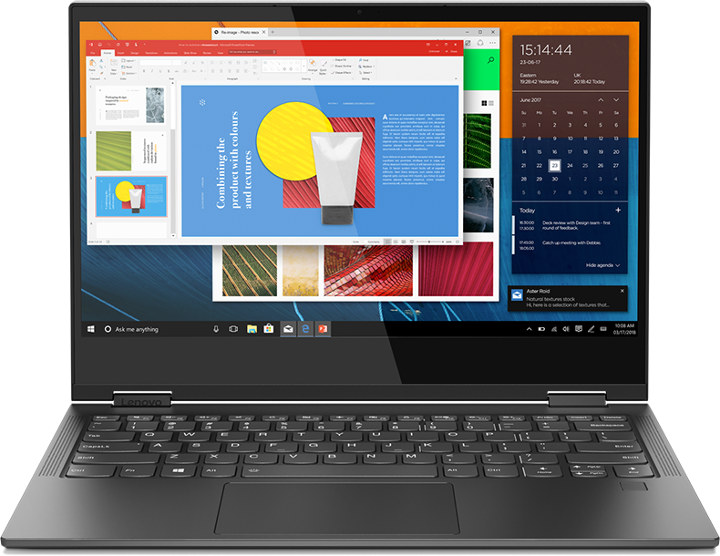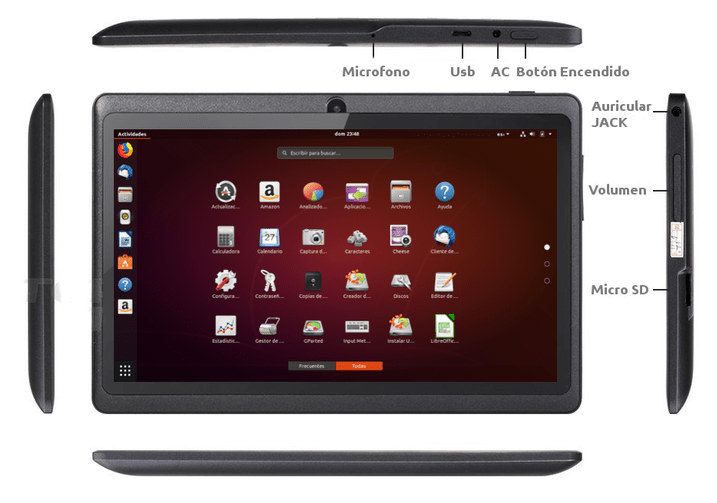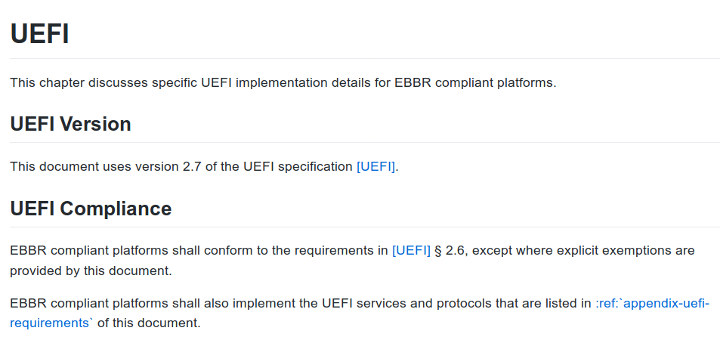A few years ago we covered Hisilicon D02 server board powered by the company’s Hip05 SoC with 16 or 32 Arm Cortex A57 cores. I had not seen any updates since then myself, but HiSilicon has released new “TaiShan” Arm based server SoCs every year, and recently unveiled Hi1620, the world’s first 7nm datacenter Arm processor, featuring 24 to 64 Arm “Ares” cores clocked at up to 3.0 GHz. Ares cores are supposed to greatly improve single thread performance in order to compete with x86 server chips. HiSilicon Hi1620 processors specifications: CPU – 24 to 64 Ares ARMv8.2 cores clocked at 2.4 – 3.0 GHz Cache – L1: 64KB I-cache, 64KB D-cache; L2: 512KB private per core, L3: 24-64 shared among cores (1MB/core) Memory – 8x DDR4 channels up to 3200 MHz Interconnect – Coherent SMP interface for 2S & 4S, 3 ports up to 240 Gbit/s per port I/Os […]
Linux 4.19 Release – Main Changes, Arm and MIPS Architectures
With Linus Torvalds taking a leave from the Linux kernel project, Greg Kroah-Hartman was the one to release Linux 4.19 last Sunday: Hi everyone! It’s been a long strange journey for this kernel release… While it was not the largest kernel release every by number of commits, it was larger than the last 3 releases, which is a non-trivial thing to do. After the original -rc1 bumps, things settled down on the code side and it looks like stuff came nicely together to make a solid kernel for everyone to use for a while. And given that this is going to be one of the “Long Term” kernels I end up maintaining for a few years, that’s good news for everyone. A small trickle of good bugfixes came in this week, showing that waiting an extra week was a wise choice. However odds are that linux-next is just bursting so […]
Arm ServerReady is a Compliance Program for Arm-based Servers
The Server Base System Architecture (SBSA) specification was unveiled in 2014 in order to standardize all Arm based servers and let them all run the same operating system images. However so far, manufacturers would just test specification requirements by themselves without having their claims fully tested and certificated. That’s why Arm has just unveiled the Arm ServerReady certification program for Arm based servers which relies on the Architecture Compliance Suite (ACS) for SBSA and SBBR (Server Base Boot Requirements) verification. Basically the servers must be able to boot standard operating systems and run the ACS. The servers that pass the ACS are then granted the Arm ServerReady certificate. The current Arm ServerReady version 1.0 certification utilizes ACS version 1.6 for testing SBSA version 3.1 and SBBR version 1.0 compliance. Ampere, HXT, Marvell, Qualcomm, as well as ODMs such as Femrice, Gigabyte and UIT have already received Arm ServerReady version 1.0 […]
Arm Mbed Gets a Linux OS for Cortex-A Processors
Arm Mbed is known as a free, open source platform and operating system that makes it easier to design IoT products based on Cortex-M micro-controllers, but the company figured out it might be a good idea to make something similar for IoT devices based on Arm Cortex-A processor and that’s exactly what Mbed Linux OS is made for. Embedded & IoT devices normally need to be supported for many years, often optimized for cost and battery life, and make sure security patchsets are applying to your products. Companies often managed to do all those themselves but it’s not the most cost-effective solution, so instead Arm decided to leverage Linux and offer Mbed Linux OS optimized for IoT devices yo their customers. The solution comes with built-in security, device management (e.g. OTA firmware upgrades) via the Pelion IoT Platform, common development tools for faster time to market, and so on. Some […]
Arm Cortex-A76AE Processor is Designed for Autonomous Driving Applications
Arm Cortex A76 processor core was first unveiled in June of this year, and very recently Hisilicon – part of Huawei – introduced Kirin 980 processor with four Cortex A76 cores, four Cortex A55 cores. Arm has now unveiled another variant of Cortex-A76 core. Cortex-A76AE (Automotive Enhanced) is designed for automotive application, and specifically autonomous driving applications, thanks to extra safety features such as Split-Lock capability which includes the ability for Dual Core Lock-Step (DCLS). The latter means that two processors are running the same code at the same time, and the instructions is only validated is the results are identical on both processors. Microarchitectural highlights of Cortex-A76AE for safety: Dual Core Lock-Step (DCLS) – The Cortex-A76AE is capable of running in Dual Core Lock-Step (DCLS), and hence is able to contribute towards a system’s ASIL D hardware diagnostic coverage requirements. Memory protection – The Cortex-A76AE supports Single Error Correction, […]
Lenovo Yoga C630 WOS Laptop Comes with Qualcomm Snapdragon 850 SoC, up to 8GB RAM & 256GB UFS Storage
The first Windows 10 based Arm laptops, also referred to as always-on always connected mobile PC’s, were launched last year with Qualcomm Snapdragon 835 processor, LTE connectivity and promises of 20+ hours of battery life. The laptops did deliver on the last two features, but most reviewers found the devices – such as HP Envy X2 or ASUS Novago TP370 – to be pretty sluggish considering the price you’d paid for them. But Qualcomm did not stand still and announced Snapdragon 850 processor in June, with 30% better system performance, nearly three times faster AI performance, faster LTE connectivity, and a battery life of over 25 hours. So we just had to wait for products announcements, and the first Snapdragon 850 laptop is Lenovo Yoga C630 WOS (Windows on Snapdragon) that comes with 4 or 8GB RAM, 128 or 256GB internal storage, and hopefully provides a smoother user experience, maybe […]
TableX Arm Linux Tablet Runs Armbian Ubuntu, To Launch for 89 Euros
If you want an Arm Linux laptop, you have already some choices with products such as Pine64 Pinebook, or Olimex TERES-I open source hardware laptop, but if instead you’d rather do without keyboard, and get an Arm Linux tablet, choices are much more limited, if any at all. Back in 2012, Allwinner A10 based PengPod 700 & 1000 tablets were available for the company has since folded, and this year, RasPad case launched to allow you to build your own thick tablet with a Raspberry Pi 3 (B+). However, if you want to normal looking tablet, your best option right now is to get an Android tablet and mess around to install Linux on it. That’s not for everyone, and the good news is that what looks like a proper – albeit low-end – Arm Linux tablet is coming to market soon with TableX. TableX preliminary hardware specifications: SoC – […]
Embedded Base Boot Requirements (EBBR) Project Aims to Standardize Booting on Embedded Systems
Desktop and server systems relies on standardized interfaces between the bootloader and the OS like UEFI and ACPI, but for embedded systems the way the bootloader, often U-boot, handles the boot flow may vary greatly between targets. Arm and its partners already worked on this in the server space with the Server Base Architecture Specification (SBSA) , and more specifically the Server Base Boot Requirements (SBBR) within the specification that requires the use of both UEFI and ACPI on servers. Arm has now done something similar with the Embedded Base Boot Requirements (EBBR) project that targets specifically embedded systems, is based on a subset of UEFI, and works with either ACPI or device tree. EBBR specification once implemented in bootloaders like U-boot or Tianocore/EDK2 should allow a single version of an OS image to boot on multiple platforms without the per-platform customization required today.. In practical terms it means the […]


